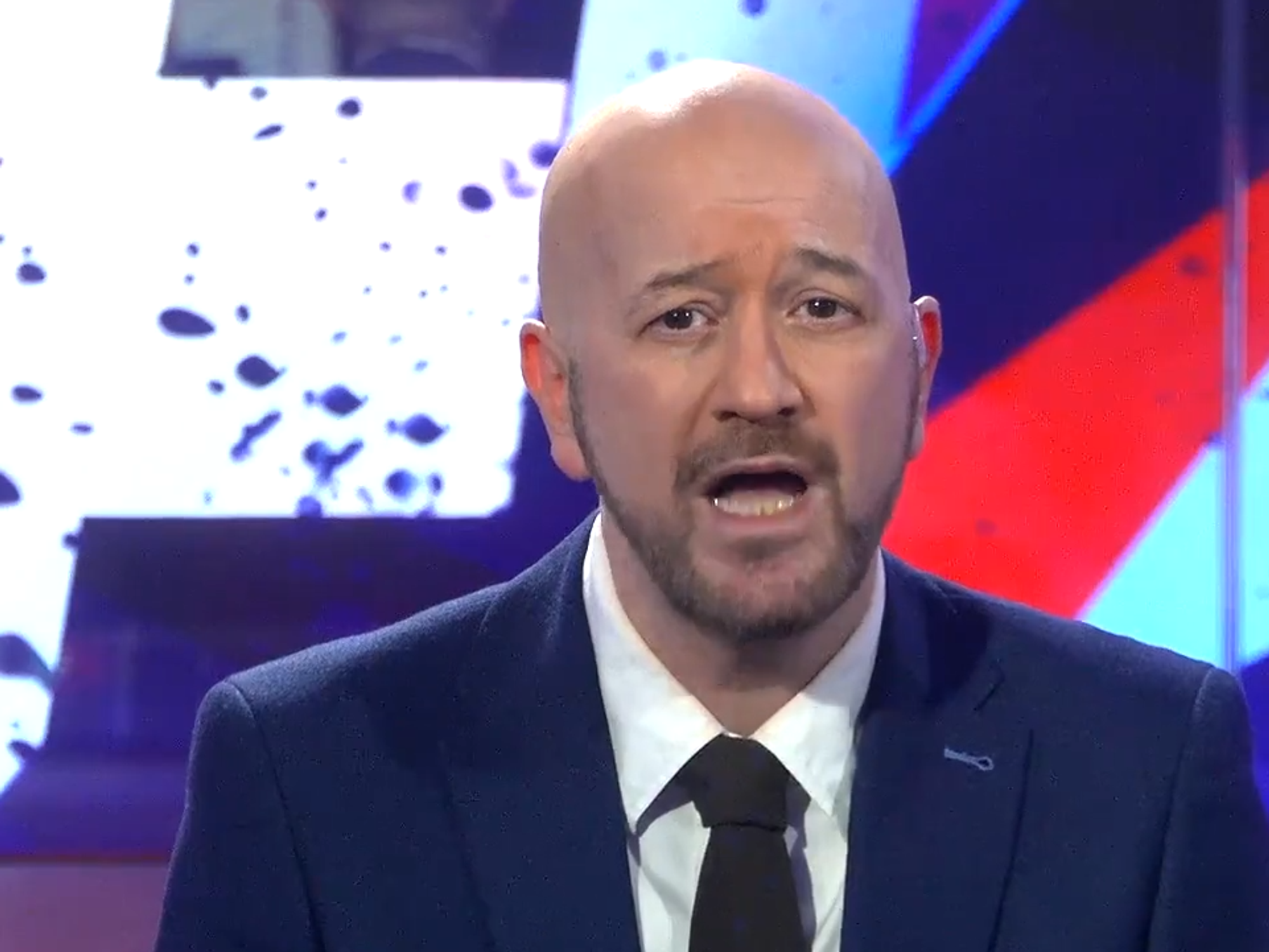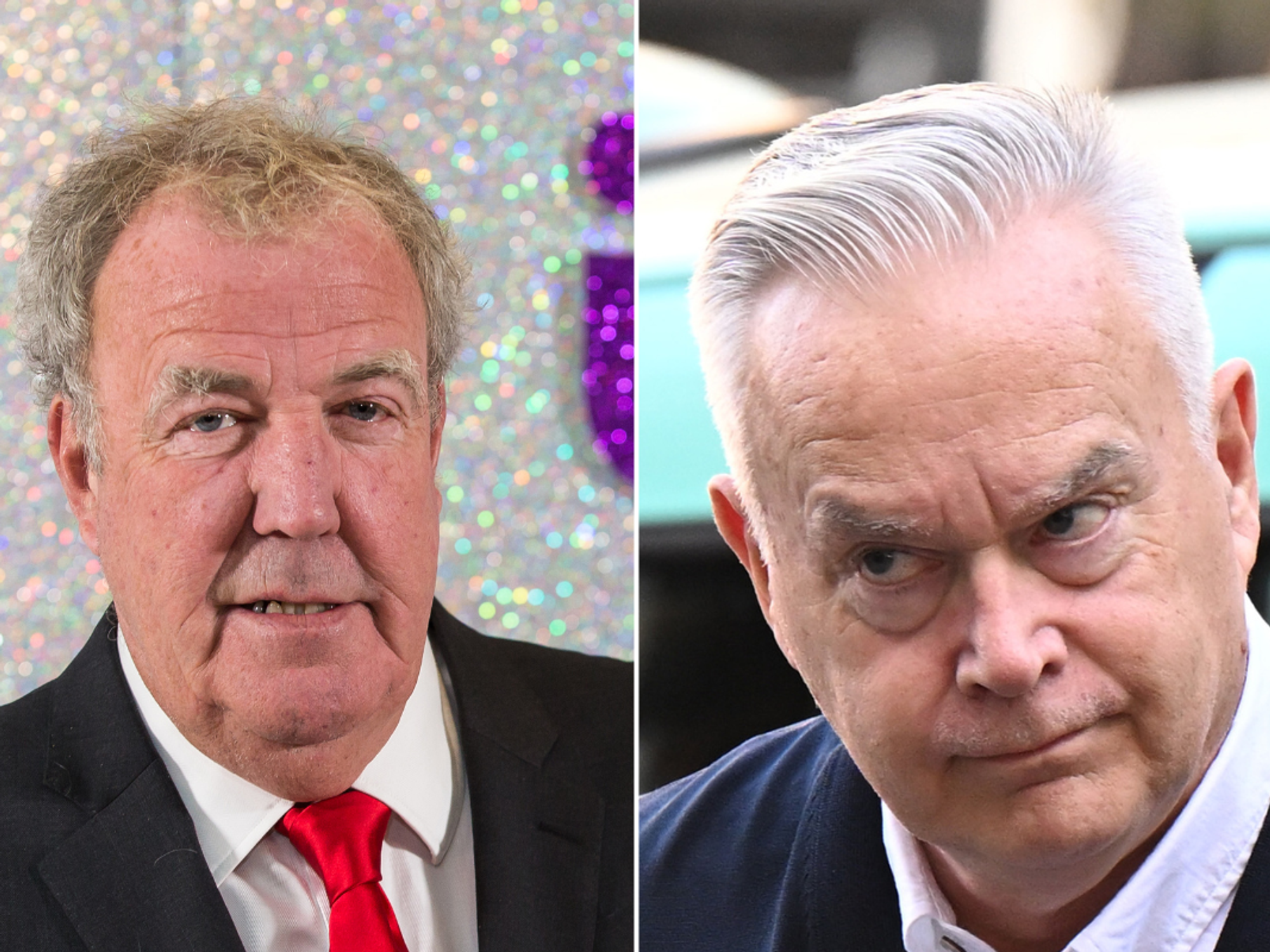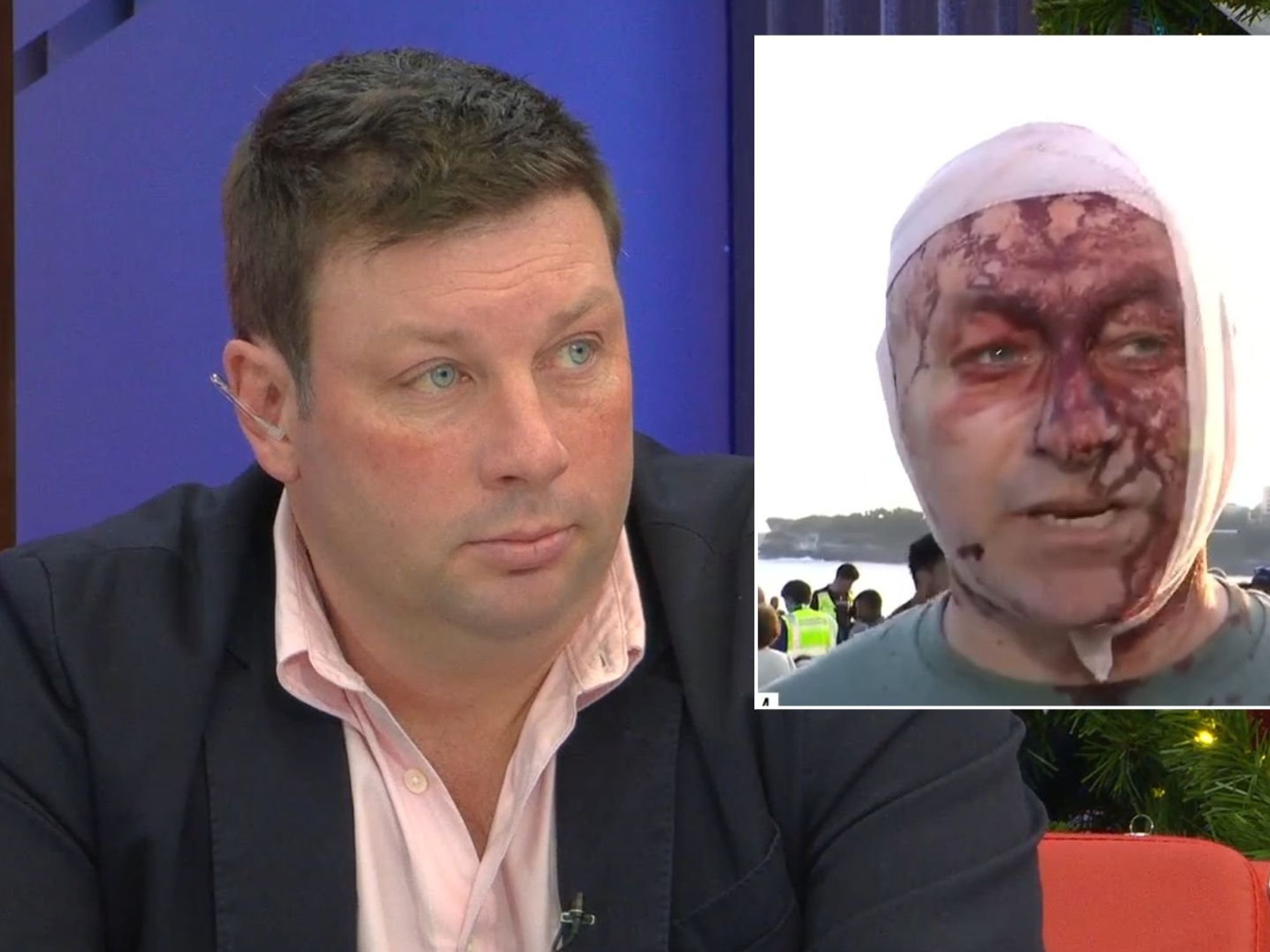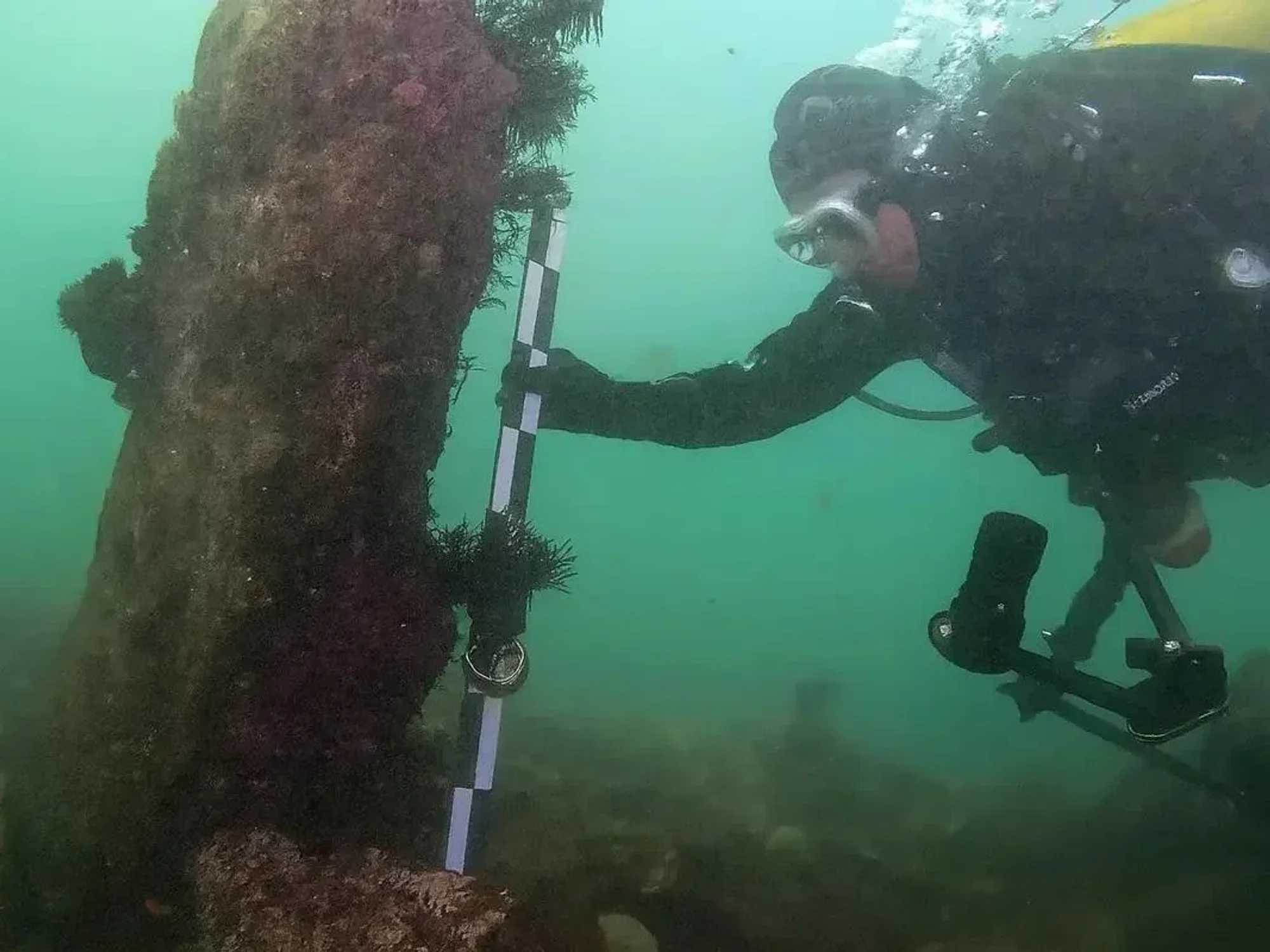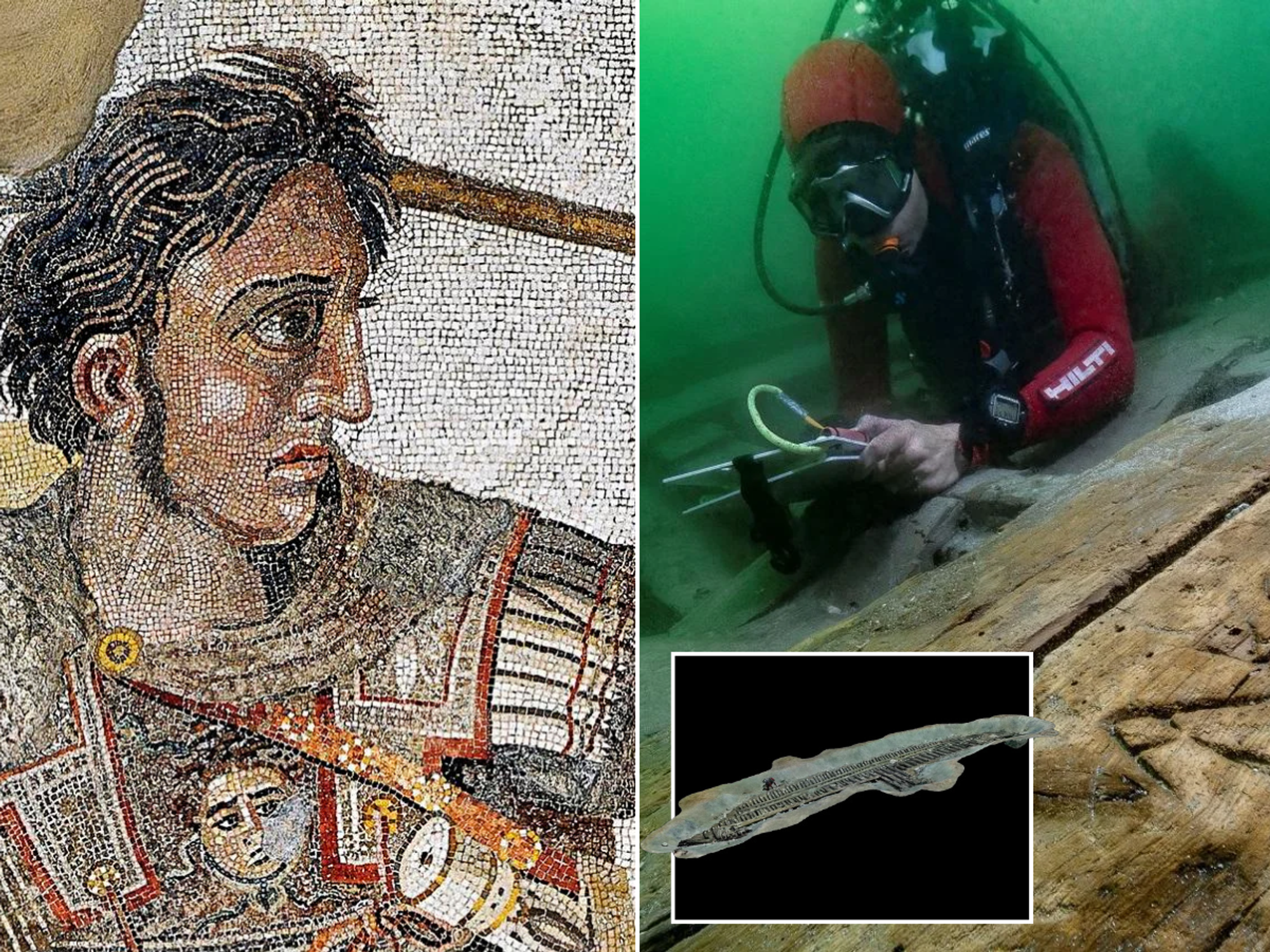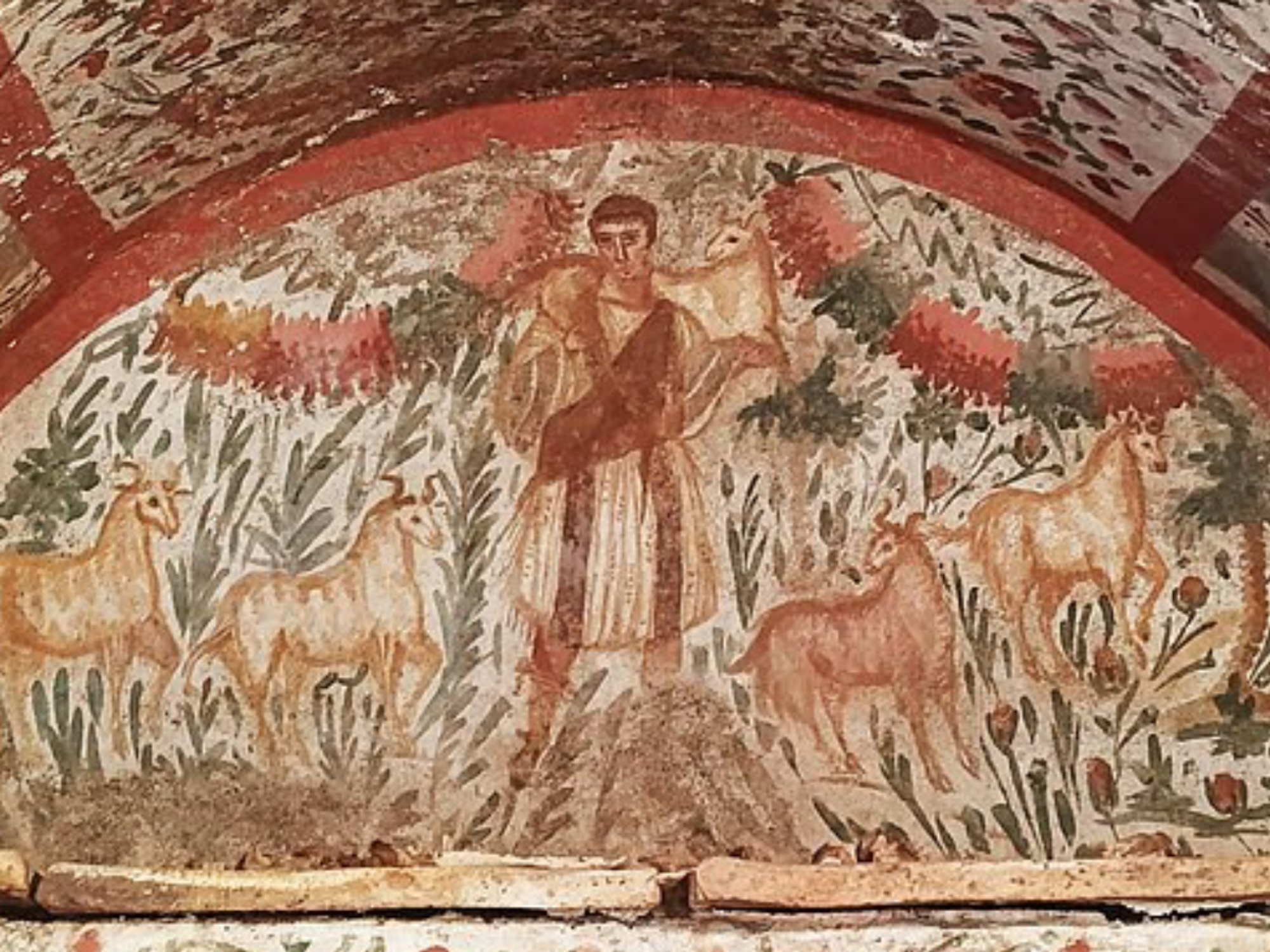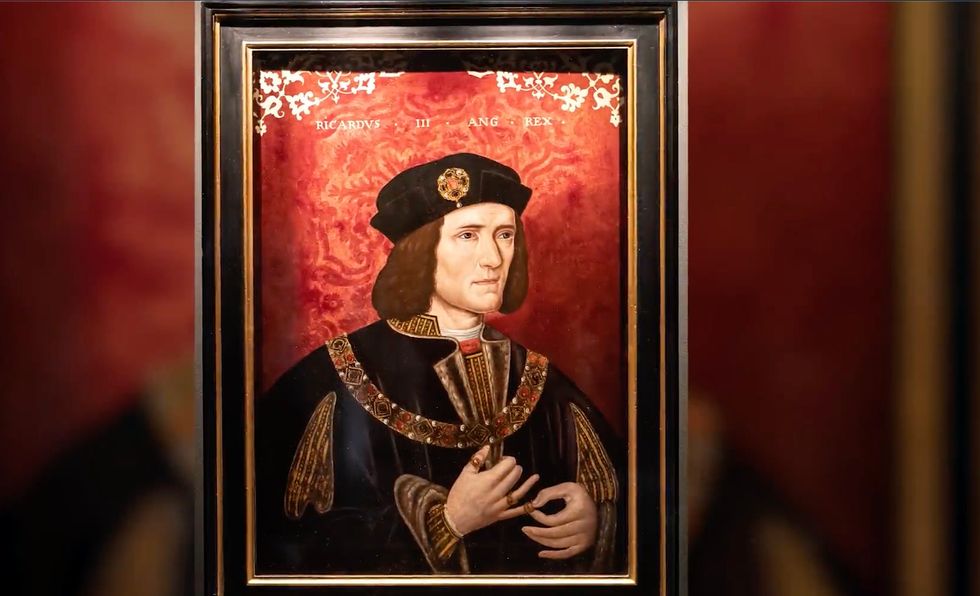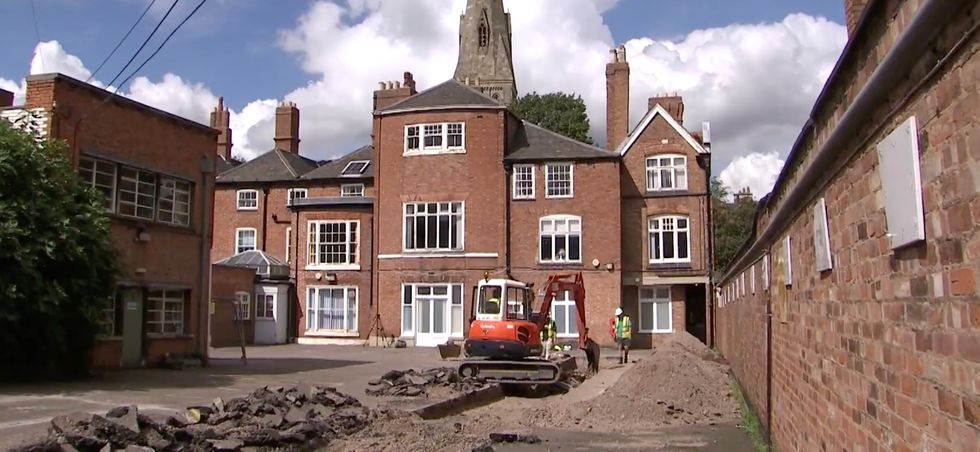Mayor of Leicester celebrates tourism surge ten years on from King Richard III’s body being found under car park
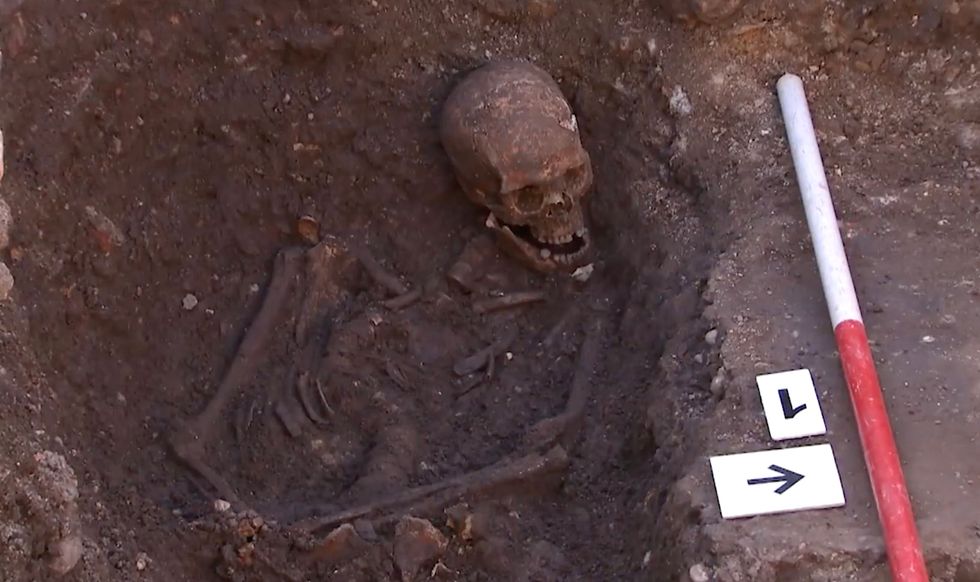
Richard III was found under a car park after a woman said she felt a sensation over a certain spot | University of Leicester

By Will Hollis
Published: 04/02/2023
- 10:13Updated: 04/02/2023
- 10:15The King's body had been missing for nearly 500 years under a car park when it was found
Don't Miss
Most Read
Latest
A decade has passed since the remarkable discovery of the last Plantagenet king beneath a car park in Leicester.
Since then, tens of millions of pounds has been brought into the local economy through tourism according to the city’s Mayor, Peter Soulsby.
He said: “Nobody really thought much of Leicester as a destination or a visitor’s attraction. That’s dramatically changed.”
He said “Many tens of thousands, if not hundreds of thousands, of people have been brought here because of this. “
“That’s a major boost for our economy as well. For example, there’s been a sixty per cent increase in the number of hotel rooms in the city.”
King Richard III.
University of Leicester
The whereabouts of King Richard III’s resting place had puzzled historians for nearly five hundred years, but in 2012 a team of historians, archaeologists and enthusiasts tracked down his grave.
Writer and Ricardian, Philippa Langley, spent more than a decade drumming up support within Leicester City Council, University of Leicester, and other partners to get permission to dig in the now famous car park.
With generous funding from the Richard III Society and a self-described “feeling” that the king was in a specific spot, Philippa’s pursuit ultimately led to the discovery.
Since then, tens of thousands of visitors have come to the East Midlands city to see King Richard’s tomb at Leicester Cathedral. Although it is currently closed for renovations.
“When they first came to me to ask me if we could give permission for them to dig in our car park, I was pretty sceptical. Philippa Langley was very persuasive, and we agreed to do it.” Soulsby continued.
“This investment in the cathedral is something ten years ago, before the discovery of those bones, nobody would have thought possible.”
Finding a long-lost English King isn’t a common occurrence and the Shakespearean depiction of Richard during his many years missing meant his discovery captured the world’s press.
Ten years on from the 4th of February 2013, the day the University of Leicester announced a bonified DNA match conclusively proving Richard’s identity, the story remains as compelling.
The University of Leicester found the King's body in a matter of hours.
University of Leicester
Phil Hackett is General Manager at the King Richard III Visitor Centre. It was built directly above the Greyfriars Priory – the old church where Richard was laid to rest after he died at the Battle of Bosworth in 1485.
He said: “It’s one of the most incredible stories."
"Richard III is infamous due to the Shakespeare play and I think the fact that it has happened here within the urban environment of Leicester city centre, right opposite the cathedral where he’s been reinterred, makes it a fascinating story that everyone should have the opportunity to witness.”
Historic England made the car park a scheduled monument in 2017 giving it special protections for the future.
“It’s listed status, the same importance as Stonehenge. People should be proud of having it in their own city.” said Phil.
The visitor’s centre is already back to pre-pandemic numbers and is celebrating the ten-year anniversary of King Richard’s discovery during half-term.
In a fresh twist to the story, the car park where the late monarch was found is up for auction with a guide price of £4.1m.





